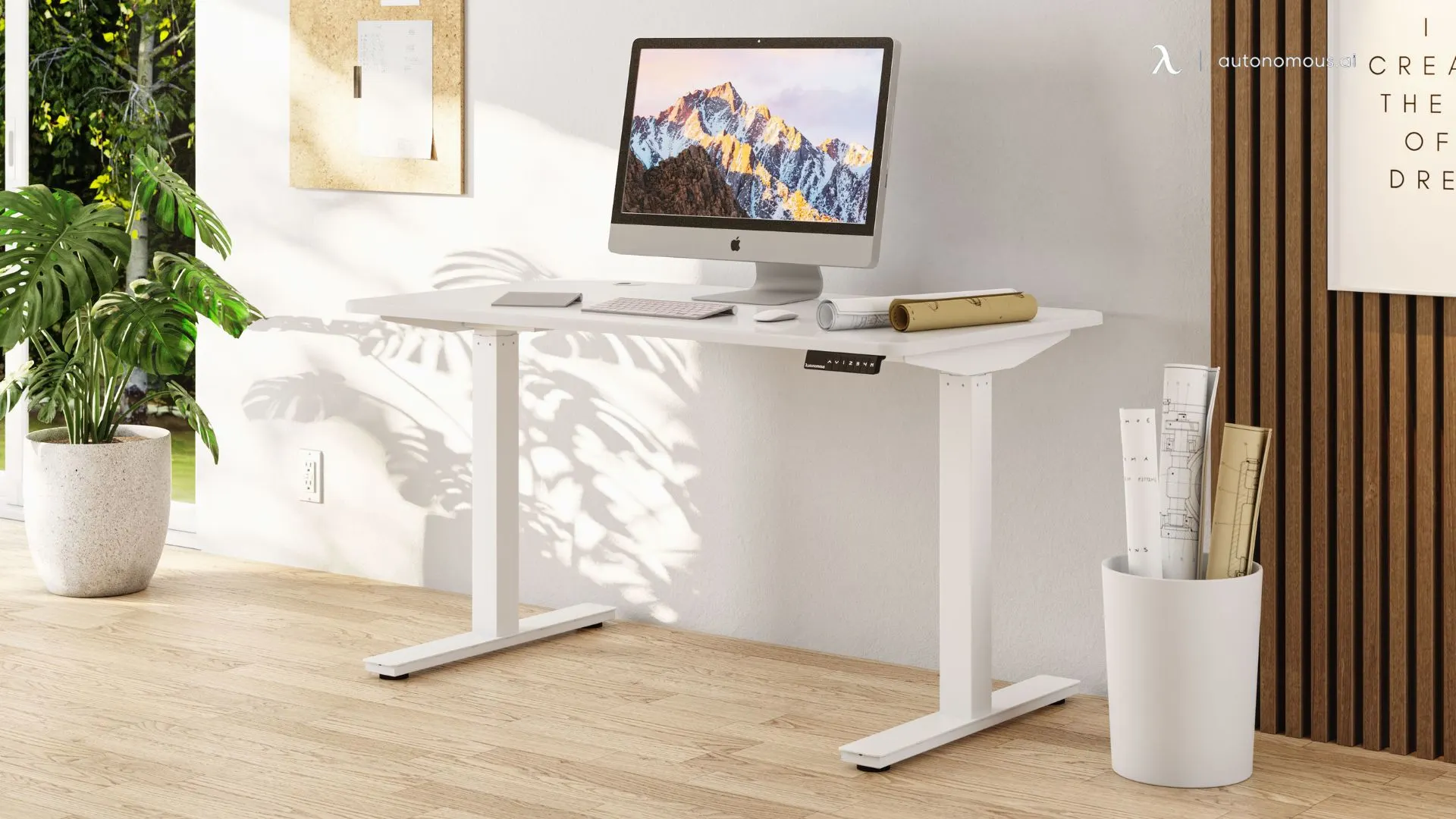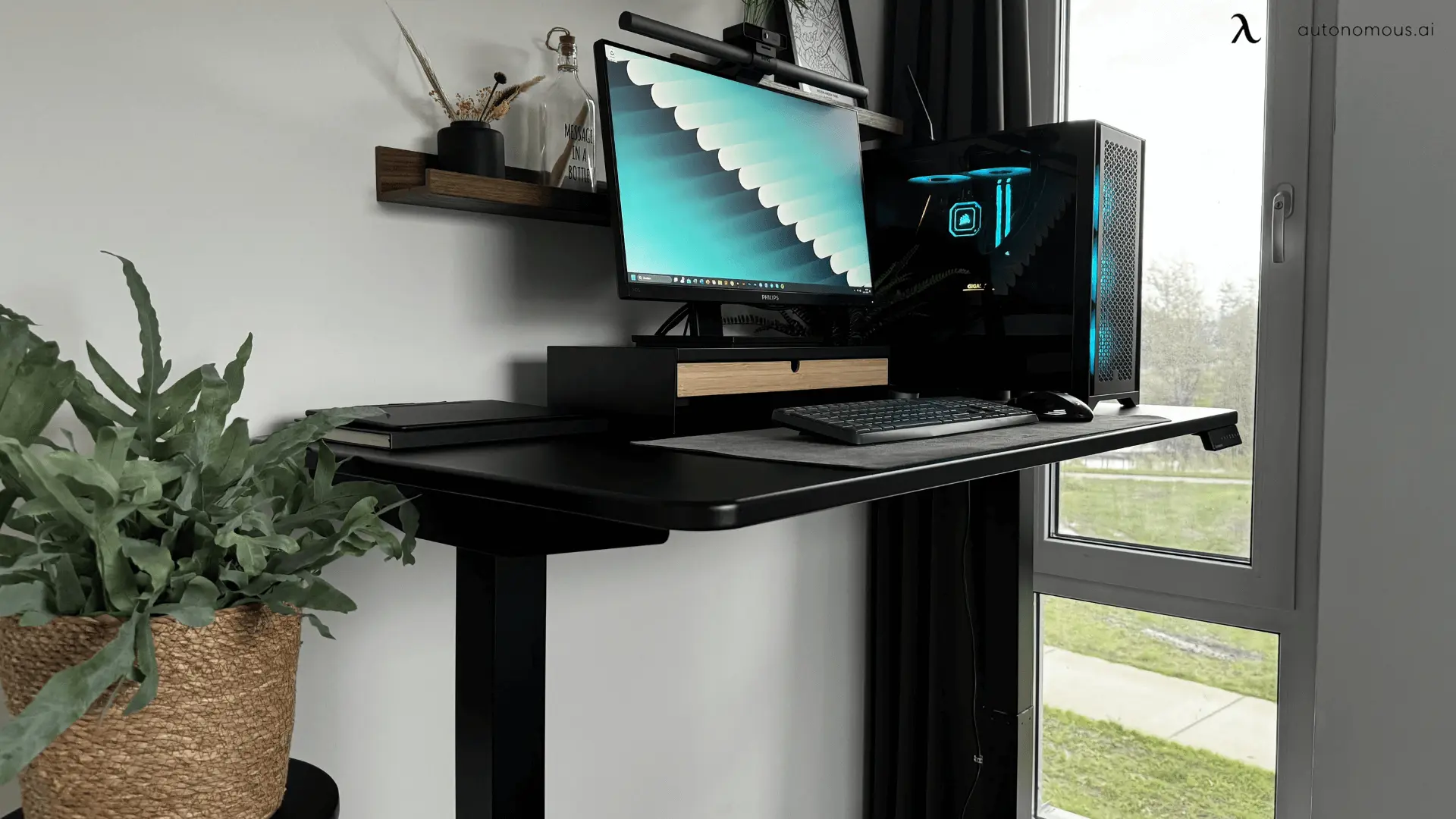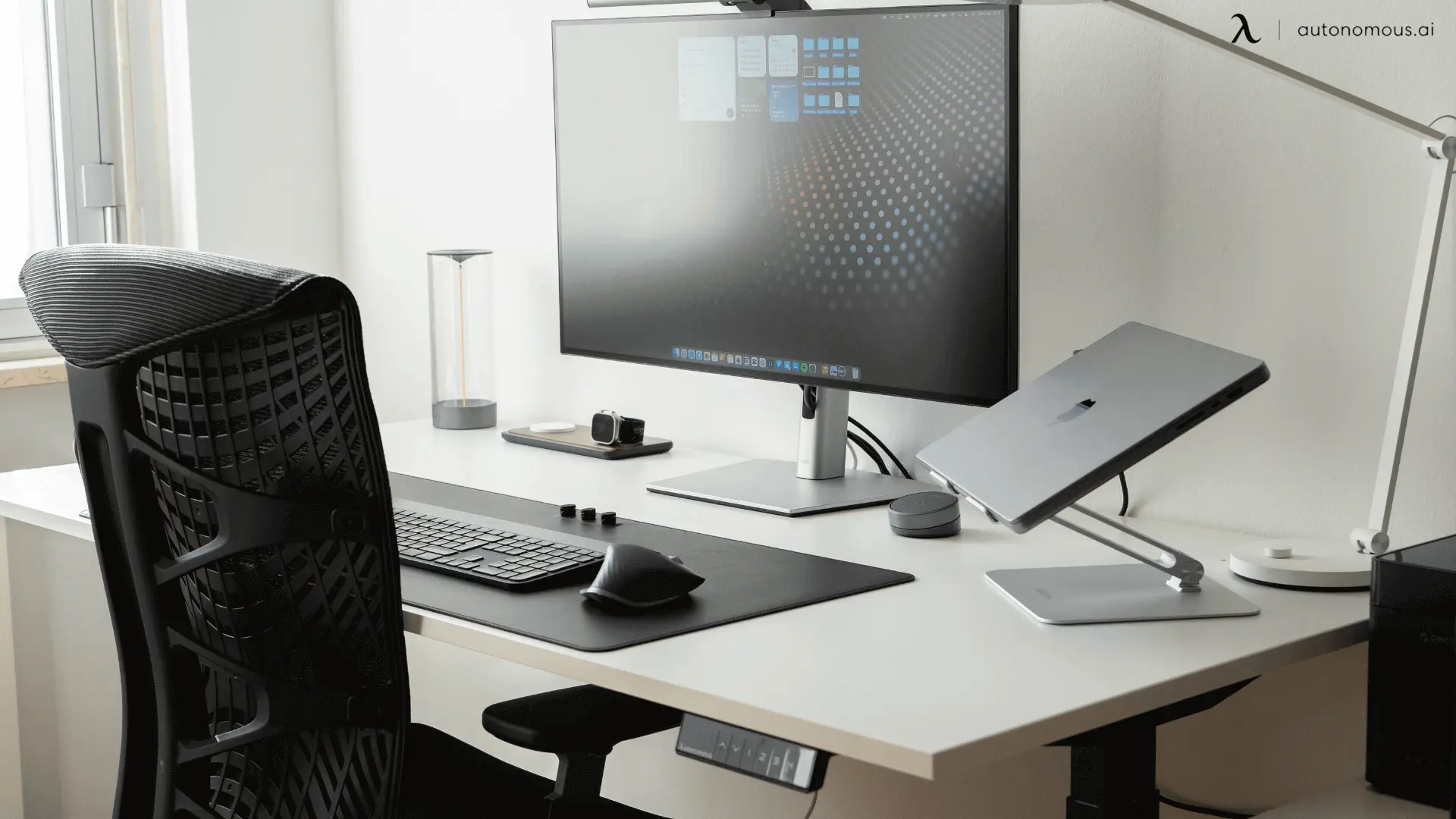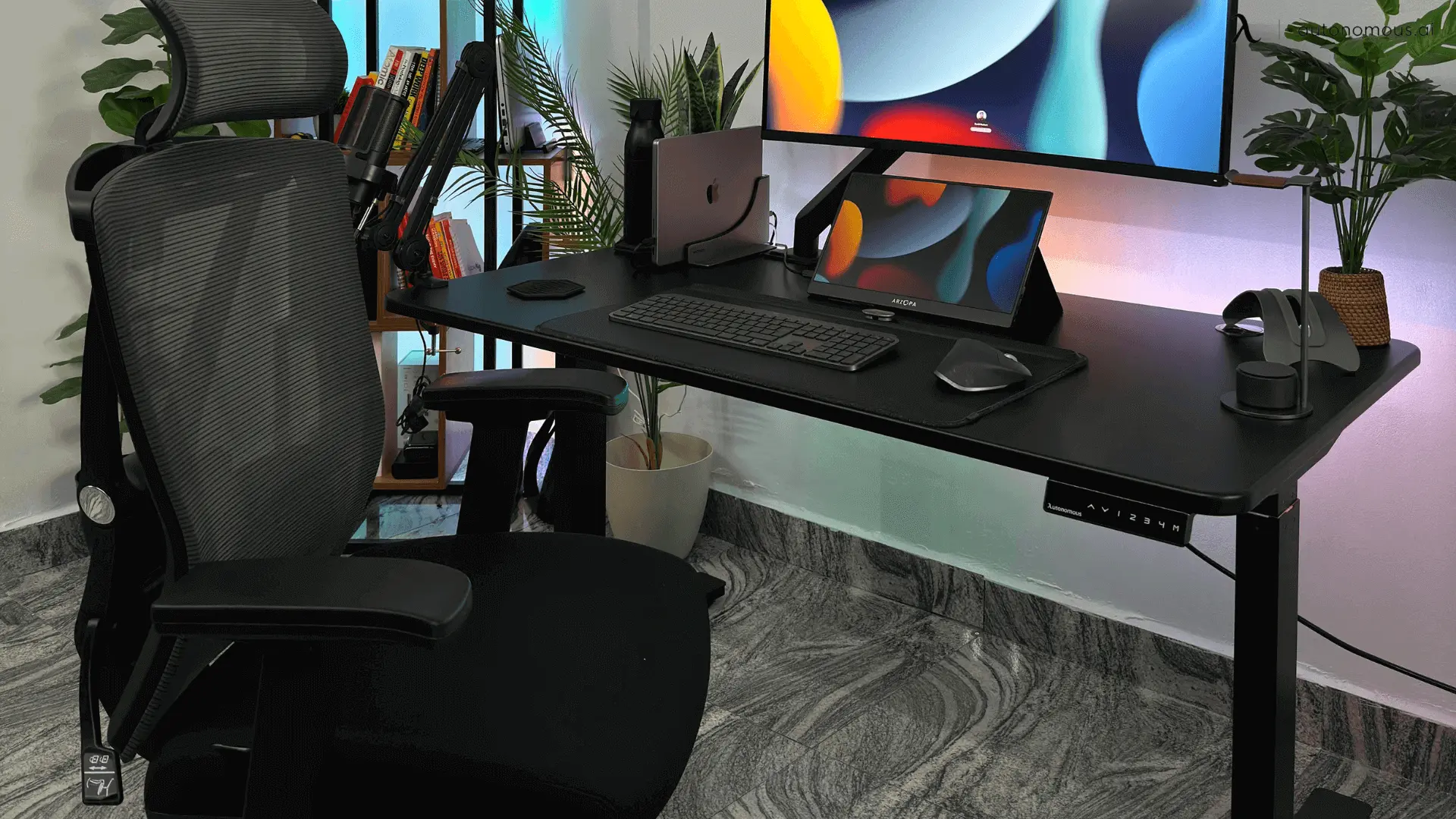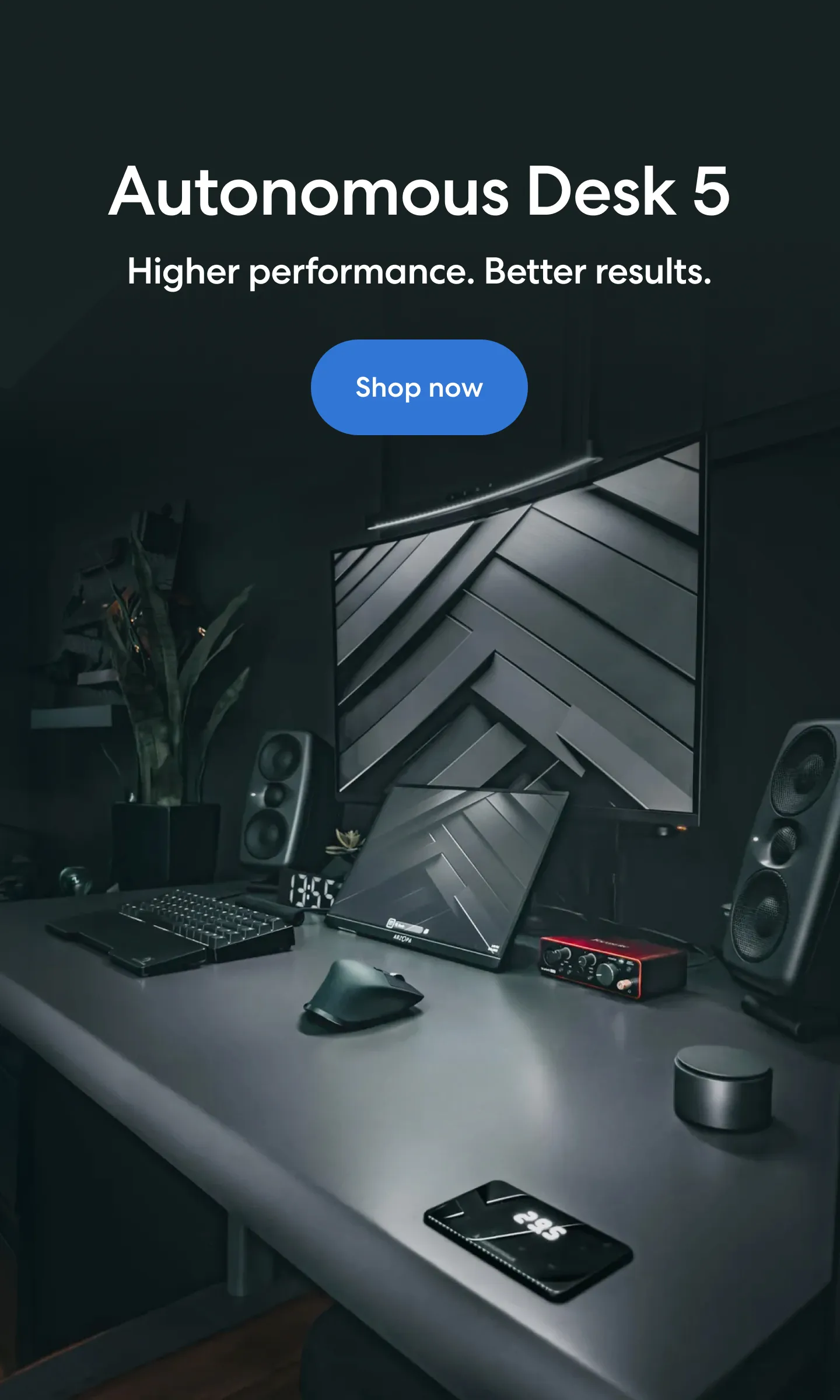
Table of Contents
A standing desk is a modern solution for those looking to improve their work setup by alternating between sitting and standing. Unlike traditional desks that encourage prolonged sitting, these desks promote movement, enhance posture, and help reduce the risk of back pain and other health issues. With various styles and features available, standing desks have become essential in workplaces, home offices, and gaming setups.
Understanding the Standing Desk
A standing desk, also known as a stand-up desk, is designed to be used while standing or easily adjusted for seated work. This flexibility helps combat the health risks associated with prolonged sitting, including poor circulation, fatigue, and spinal strain.
Many modern models are height-adjustable, allowing users to find the perfect desk height for comfort. Some desks feature manual adjustments, while others have electric motors for smooth transitions. Whether for work or gaming, a standing desk can enhance productivity while supporting better ergonomics.
If you’re considering different styles, options like an L-shaped standing desk offer expanded workspace, while compact models like a small standing desk are perfect for tighter setups.
Types of Standing Desks
1. Manual vs. Electric Standing Desks
Manual Standing Desks
These desks require hand-cranking or gas-lift adjustments to change height. While they are budget-friendly, they may not be ideal for those who frequently switch between sitting and standing.
- Best for: Users who don’t adjust height often but still want ergonomic benefits.
- Explore: Non-electric standing desk
Electric Standing Desks
These desks feature motorized height adjustment for effortless transitions. Many models include memory presets, enabling users to save their preferred sitting and standing heights.
- Best for: Users who need quick, seamless height changes throughout the day.
- See: Best standing desk
If you're interested in assembling your own, a DIY standing desk lets you customize your setup with a sturdy standing desk frame for better stability and control.
2. Adjustable vs. Fixed Standing Desks
Adjustable Standing Desks
These desks allow users to switch between sitting and standing, ensuring proper ergonomic support. They work well in home offices, corporate settings, and gaming setups.
- Best for: Those who need flexibility in their workspace.
- Find: Tall standing desks for maximum adjustability.
Fixed Standing Desks
Fixed-height desks remain at one level and do not adjust. They are best suited for users who plan to stand most of the time or who pair the desk with a height-adjustable chair.
For those who need extra workspace, a corner standing desk is a great option, while a rolling standing desk adds mobility to your setup.
Features to Look for in a Standing Desk
When choosing a standing desk, it's essential to consider features that enhance comfort and efficiency:
Motorized Adjustments
Electric desks offer smooth transitions, and adding a standing desk motor kit can upgrade an existing manual model.
Stability and Frame Strength
The number of leg stages determines how stable a desk is at different heights. A 4-leg standing desk provides more support than a two-leg model.
Accessories and Add-Ons
Enhance your desk setup with:
- Standing desk extensions for extra workspace.
- Standing desk dual monitor setups for better screen positioning.
- Standing desk mats to reduce foot strain.
How to Use a Standing Desk Correctly
Simply owning a standing desk isn’t enough—it’s important to use it properly to get the full benefits. Here are some key standing desk best practices:
- Alternate between sitting and standing – Avoid standing all day, as this can be just as bad as sitting too long.
- Ensure the right desk height – The desk should be at elbow height to avoid strain. If needed, refer to how to use a standing desk for ergonomic tips.
- Use a supportive chair – A standing desk chair can provide ergonomic support when sitting.
- Optimize your cable management – A standing desk with a drawer helps keep things organized.
FAQs
1. What is the best way to maximize space with a standing desk?
If you have limited space, consider a small standing desk that fits compact setups while still offering the benefits of an ergonomic workstation. You can also look into a 2-tier standing desk, which provides additional shelving for better organization.
2. Can I convert my existing desk into a standing desk?
Yes, you don’t have to replace your entire desk. A standing desk converter allows you to transform your current workspace into a height-adjustable setup without a full replacement.
3. Are there standing desks designed for office aesthetics?
Absolutely! Many modern standing desks focus on style as well as function. If you’re looking for an elegant and professional setup, check out office desk designs that blend ergonomics with aesthetics.
4. Can I use a standing desk while walking?
Yes! A standing desk for treadmills allows you to stay active while working, helping to increase movement throughout your day and reduce sedentary time.
Conclusion
Standing desks have revolutionized modern workspaces by offering flexibility, better posture, and increased productivity. Whether you opt for a gaming standing desk, an L-shaped standing desk, or a custom-built setup, the key is to choose one that fits your work needs and ergonomic requirements.
By understanding what a standing desk is, how it functions, and how to use it correctly, you can transform your work or gaming setup into a healthier, more productive space.
Spread the word
.svg)

